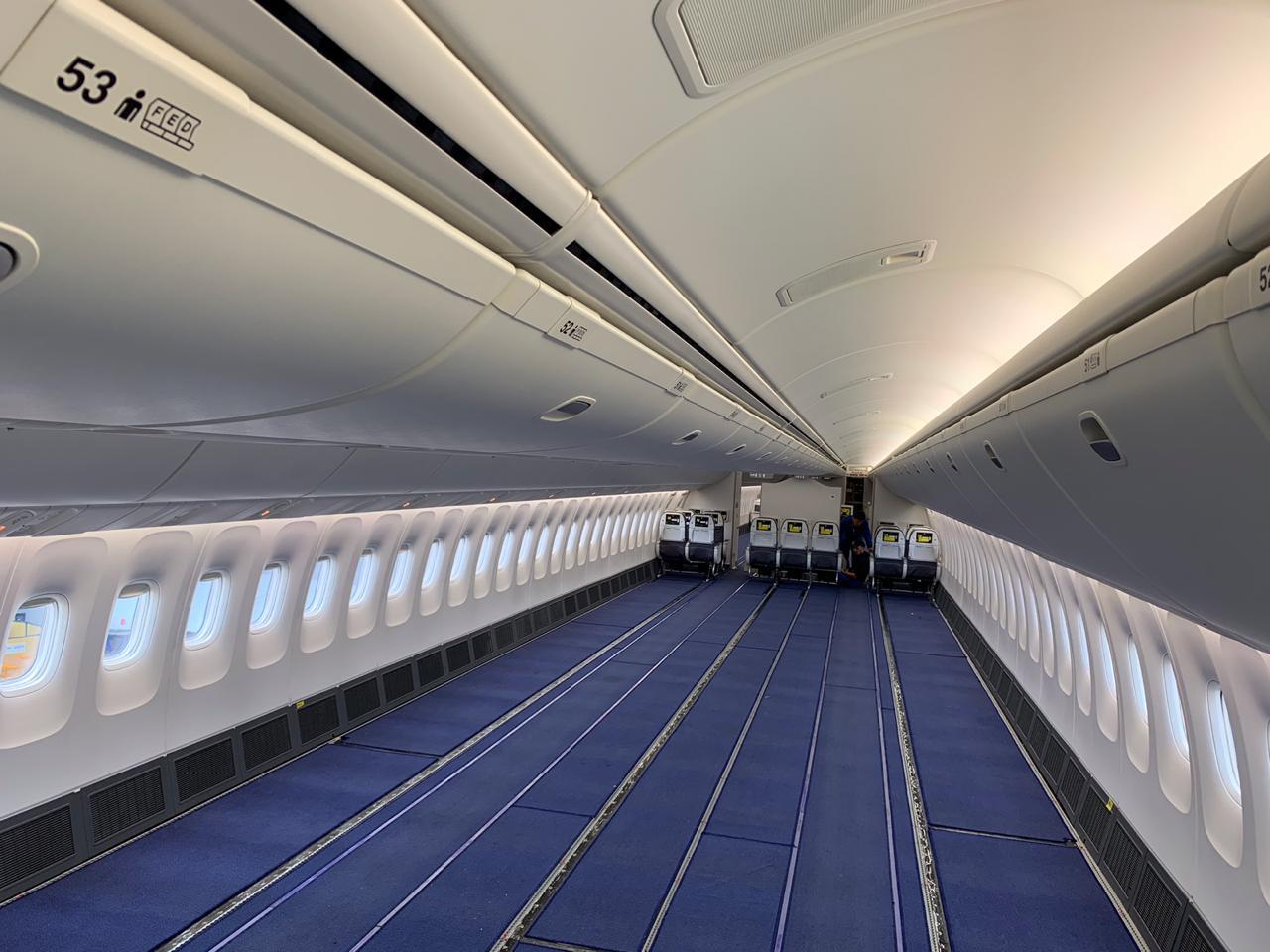
Kazakh flag-carrier Air Astana has announced plans to convert its three passenger Boeing 767-300ERs into freighters and create an air cargo division.
One of the aircraft has already been reconfigured. All passenger facilities and outfittings on board have been replaced with cargo pallets. The freighter entered service as of May 26.
The airline said the decision to launch Air Astana Cargo was made following strong demand for regional freight transport in recent months and a strategic review of Air Astana’s fleet overall after the COVID-19 outbreak began affecting operations.
A second 767 will undergo the same modification at Air Astana’s technical center in Almaty, Kazakhstan’s largest city, in July. The timeline for the third 767 is still under consideration.

Credit: Air Astana
Despite being reconfigured for cargo, the three aircraft are not being modified to 767F standards, with a side cargo door. A decision to fully convert them will be made at a later stage by the airline.
“Air Astana has rapidly met the immediate heightened demand for air freight by operating a Boeing 767 passenger aircraft, but we must strictly enforce European Aviation Safety Agency weight and volume regulations regarding cargo placed on seats,” Air Astana director of freight Zhanna Shayakhmetova said. “Once we start operations with the converted semi-cargo Boeing 767 aircraft, we’ll be able to considerably increase the volume of transported goods and offer our customers more flexible conditions.”
Following the delivery of the first Airbus A321LR in October 2019, the narrowbody has begun to gradually replace some operations previously performed by 767-300 and 757-200.
According to Aviation Week Intelligence Network Fleet Data, Air Astana owns three 767-300ER with average age of 6.5 years. In addition, four leased 757-200—all with airframes at least 20 years old—will be retired and returned to lessors gradually.
Air Astana has begun resuming some domestic flights since May 11 and is aiming to reach 30% of pre-COVID-19 levels before June 1.





